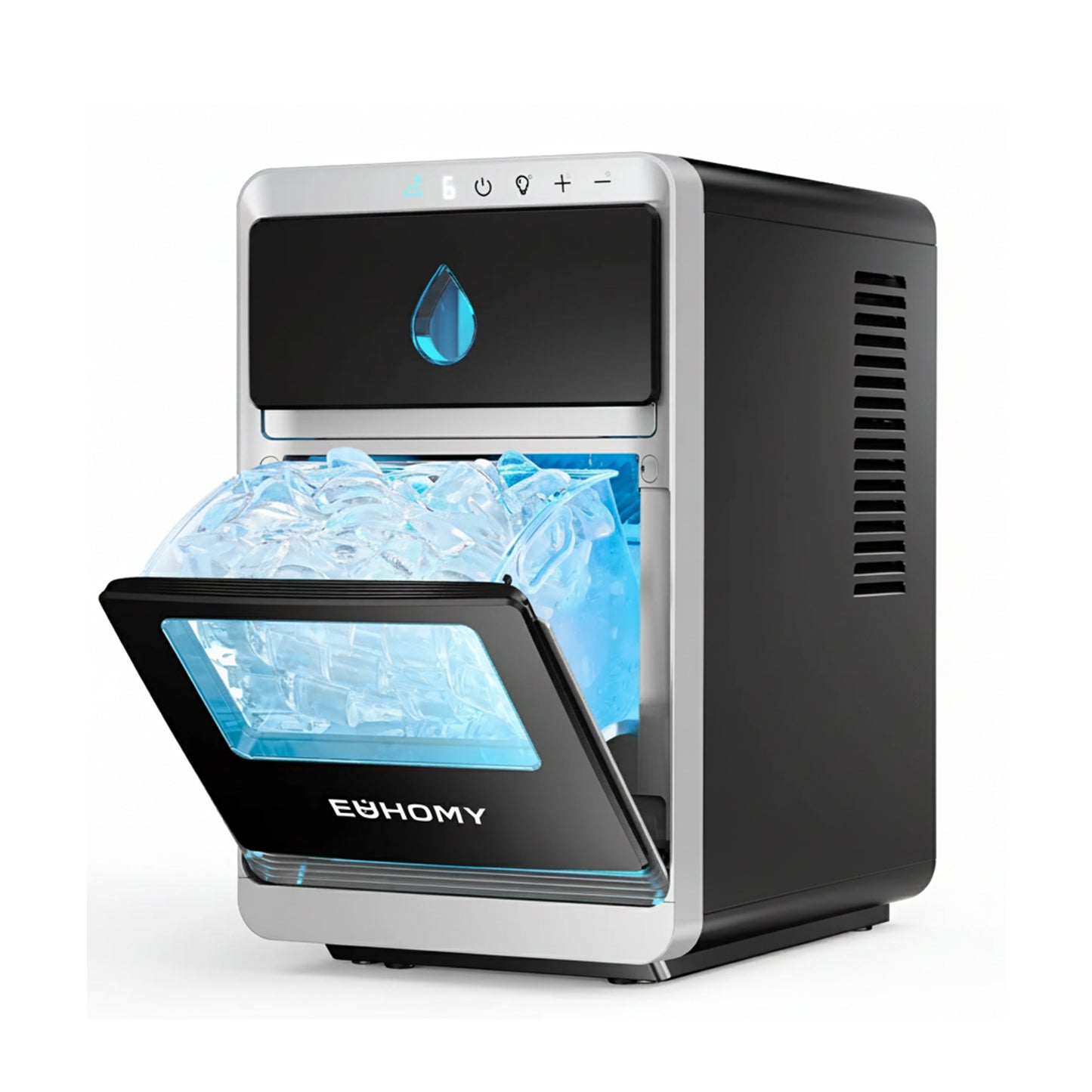Unlock the Secrets to Crafting the Perfect Iced Tea at Home!
Iced tea is more than just a refreshing drink; it’s a delightful experience that can be tailored to suit every palate. Popular across the globe, this beverage stands out for its versatility and the myriad of flavors it can embody. Whether you prefer it sweetened, flavored with fruits, or served plain, the process of making iced tea at home opens up a world of customization that store-bought options simply cannot match. In this article, you’ll learn everything from understanding different types of tea, essential ingredients, and a step-by-step guide to creating your perfect iced tea, to creative serving suggestions that will impress your friends and family.

Understanding Tea Types and Their Flavors
When it comes to iced tea, the type of tea you choose can dramatically affect the flavor profile of your drink. Black tea, known for its robust and bold taste, is one of the most popular bases for iced tea. It pairs well with sweeteners and can handle the addition of fruits and herbs. Green tea offers a lighter, more refreshing flavor, making it a great choice for those who prefer a less intense tea. Herbal teas, which aren’t technically tea but rather infusions of herbs, fruits, and flowers, can add unique flavors without any caffeine. For instance, chamomile can provide a soothing, sweet note, while hibiscus brings a tart, vibrant flavor. Understanding these differences allows you to select the right tea for your personal taste and the occasion.
Essential Ingredients for Iced Tea
Making iced tea is simple, but there are a few essential ingredients you will need. The primary components include quality tea, fresh water, and your choice of sweetener. While granulated sugar is a classic option, many enjoy experimenting with honey, agave syrup, or even simple syrup for a smoother sweetness. Don't forget about optional ingredients that can elevate your iced tea. Fresh fruits like lemon, strawberries, or peaches can add a delightful twist, as can herbs such as mint or basil. Spices like cinnamon can also introduce an unexpected flavor that can complement the tea beautifully. The beauty of iced tea lies in its flexibility – feel free to mix and match to create your signature blend.
Step-by-Step Guide to Making Iced Tea
Now that you have a grasp of the types of tea and essential ingredients, let’s dive into the process of making iced tea at home. Start by boiling water in a kettle. The amount will depend on how much iced tea you want to make, but a good rule of thumb is about 4 cups. Once the water reaches a rolling boil, remove it from heat and add your tea bags or loose tea in a tea infuser. For black tea, let it steep for about 5-7 minutes; for green tea, steep for about 3-5 minutes to avoid bitterness. After steeping, remove the tea bags or infuser and stir in your sweetener while the tea is still warm to help it dissolve. Next, let the tea cool to room temperature. Once cooled, pour it over a pitcher filled with ice cubes or refrigerate until cold. Adjust the strength by varying the amount of tea used or steeping time. For a touch of flair, consider adding a splash of fruit juice or slices of fresh fruit before serving. Enjoy your homemade iced tea in a tall glass, garnished with a sprig of mint for that extra pop!
Variations and Flavors
The world of iced tea is vast, and there are countless variations you can explore. For a classic southern sweet tea, use black tea and add a generous amount of sugar while the tea is still warm. If you’re feeling adventurous, try a fruit-infused iced tea. Simply add slices of your favorite fruits, such as oranges or berries, to your brewed tea before cooling it. Herbal iced teas are also a fantastic option; chamomile iced tea with a hint of lemon can be both refreshing and calming. For something unique, experiment with spice-infused teas, such as chai iced tea, which combines the warm spices of traditional chai with the refreshing qualities of iced tea. The possibilities are endless, and each variation offers a new experience.
Serving Suggestions and Presentation
Presentation is key when serving iced tea, especially if you’re entertaining guests. Use clear glassware to showcase the beautiful colors of your iced tea. Add ice cubes to the glasses and garnish with fresh fruits or herbs for a visually appealing touch. A sprig of mint or a slice of lemon can elevate your drink, making it look as good as it tastes. Consider serving iced tea with a variety of sweeteners on the side, allowing guests to customize their drinks according to their preferences. You might even want to create a tea bar with different types of iced teas, garnishes, and flavored syrups for a fun, interactive experience.
Refreshing Takeaways for Your Iced Tea Journey
Crafting the perfect iced tea at home is not only satisfying but also allows you to explore a range of flavors and ingredients that suit your taste. From understanding the different types of tea to experimenting with sweeteners and unique ingredients, the process is both simple and rewarding. Don’t hesitate to play around with flavors and find your personal favorite. Making iced tea at home not only saves you money but also gives you the freedom to create a beverage that is uniquely yours. So gather your ingredients, invite some friends over, and enjoy the refreshing taste of homemade iced tea!



